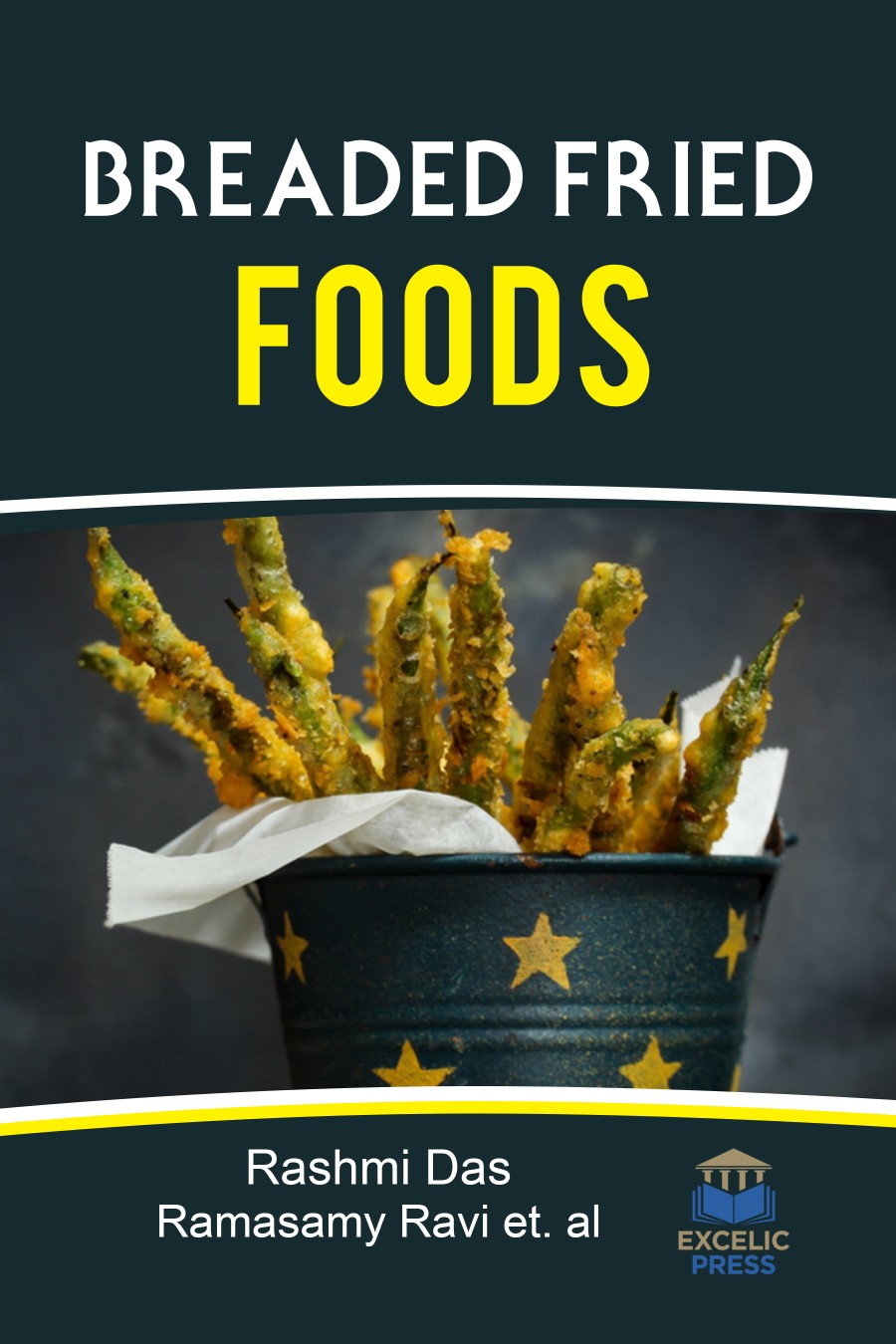Frying is known as one of the oldest food cooking processes dating back as early as sixteen centuries B.C., being still widespread utilized today at both domestic and industrial scale, because of its ability to enhance flavor and texture of numerous foods. Breaded fried foods are favored by consumers due to unique and desirable characteristic of crispness provided by a soft and moist interior with an outer crispy crust. Crispness is a highly-valued and universally-liked textural characteristic that has many positive connotations. Its presence signifies freshness and high quality. It goes well with many other textural characteristics and is often used to create pleasing textural contrasts. Developing quality-enhanced products with desirable attributes give food companies an added advantage and increased competitiveness in the market.
Breaded Fried Foods brings together up-to-date information to provide a coherent and concise overview of issues that are specific to breaded, or battered, fried foods. Several approaches have been proposed so far for reducing fat absorption during frying. It is well known that often foods-especially fish, poultry, cheese, and vegetables-are coated by breading. It aims to prevent high fat absorption by testing different coating procedures, such as the application of edible films to food products prior to frying.
This book deals with the effects of ingredients used in batters on adhesion characteristics in products fried in deep fat, such as kaassouffles, and adhesion in fried battered nuggets, the performance of different hydrocolloids as pre-dusts, the role of proteins in improving adhesion in deep-fried products, new batters and breadings, the influence of freeze/thaw cycles, the effect of phosphate on the adhesion of commercially produced fried-batter coatings on frozen products, and the effect of freezing on breading adhesion.
Fried products are appreciated everywhere because of their improved palatability, consumers generally like eating foods with soft core and crispy surface, even though significant geographical differences exist due to the different raw material availability and the multiple cultural habits. Nowadays, they occur in the traditional cuisines of practically every part of the world.













